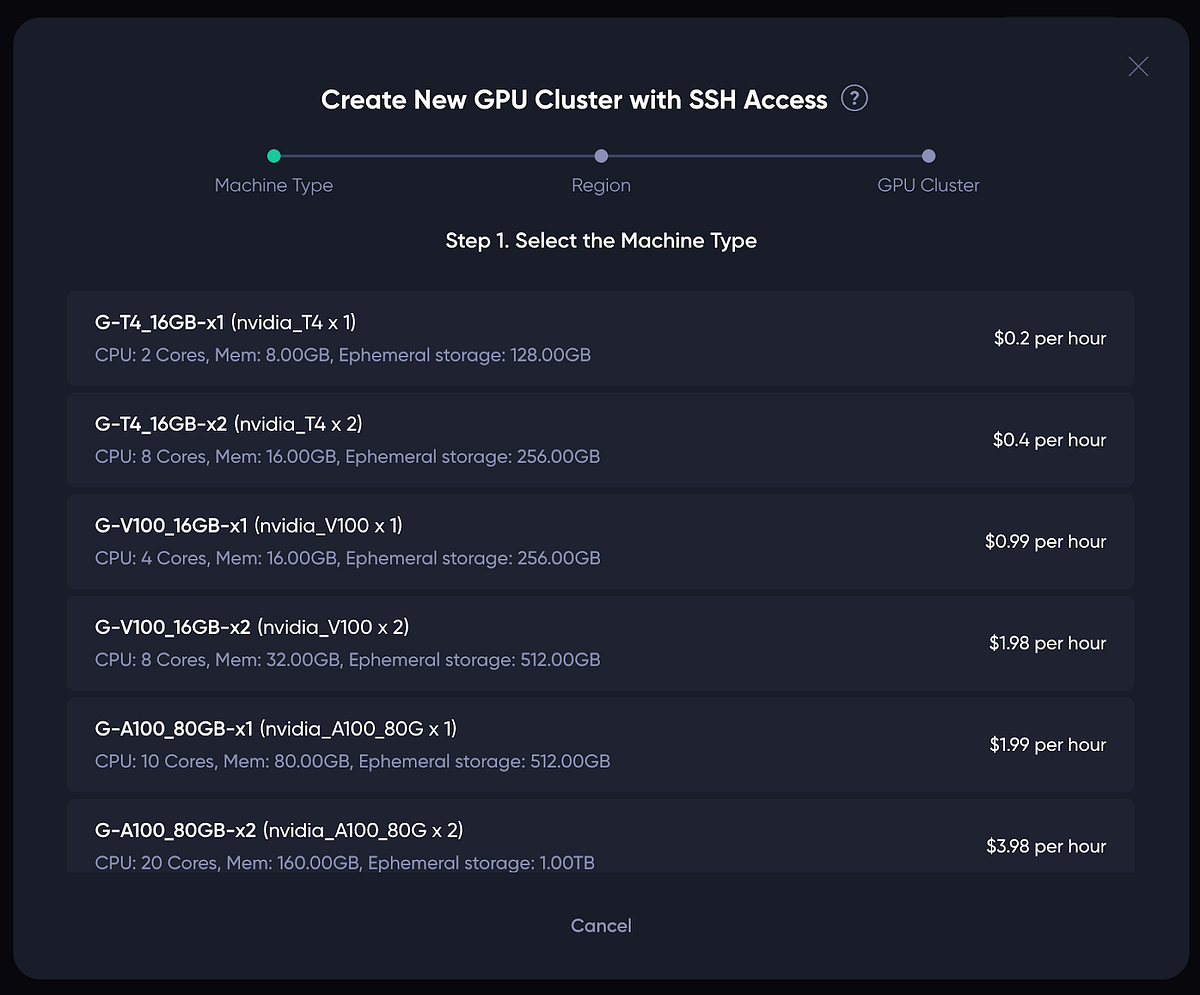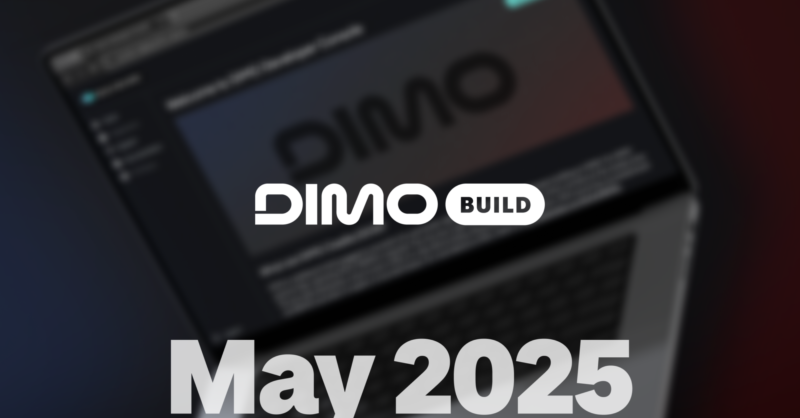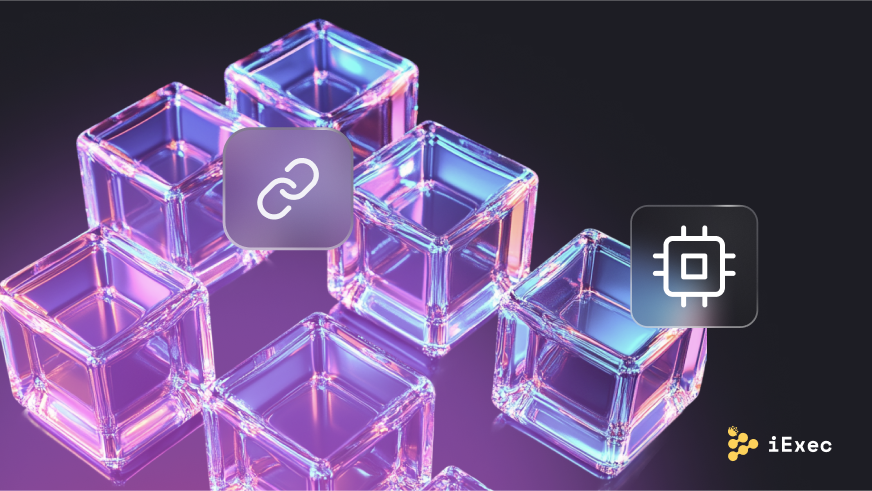Aethir Revolutionizes Gaming User Acquisition with Decentralized Cloud Streaming

Aethir, a decentralized cloud gaming infrastructure provider, has recently been highlighted in a case study by SuperScale, a leading expert in gaming user acquisition. The study delves into how Aethir’s innovative cloud streaming technology can significantly enhance user acquisition strategies for gaming studios, offering a scalable alternative to traditional app store distribution. By leveraging web-based streaming, Aethir allows studios to bypass the high service fees associated with commercial app stores, which can take up to 30% of a game’s revenue. This independent publishing model not only reduces costs but also improves user acquisition efficiency.
The case study conducted by SuperScale involved a two-phase analysis focusing on Aethir’s impact on user acquisition metrics, particularly conversion rates and return on ad spend (ROAS). In the first phase, the analysis of engagement methods such as “Stream Now,” “Instant Play,” and “Download” revealed that 43% more players preferred instant play over direct downloads. Furthermore, click-through rates increased by 35%, and conversion rates for the streaming option were found to be 45% higher than traditional methods. These findings underscore the effectiveness of Aethir’s cloud streaming in attracting and retaining users.
In the second phase, SuperScale measured early user engagement and ROAS, comparing behaviors between app store downloads and Aethir’s Stream Now feature. The results were compelling, showing that 143% more users engaged with the Stream Now feature, with a 75% increase in day 7 ROAS. Additionally, average revenue per user grew by 93%, and session counts increased by 77%. Aethir’s cloud streaming infrastructure presents significant potential for established publishers, live service games, and emerging markets, making it a vital tool for optimizing revenue models and enhancing user acquisition strategies in the gaming industry.
Related News





